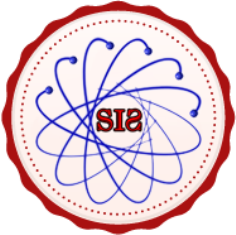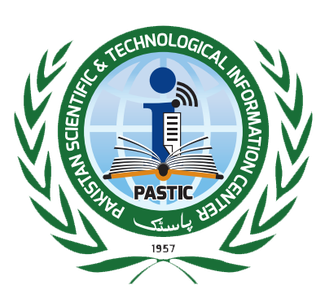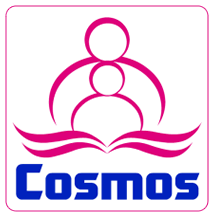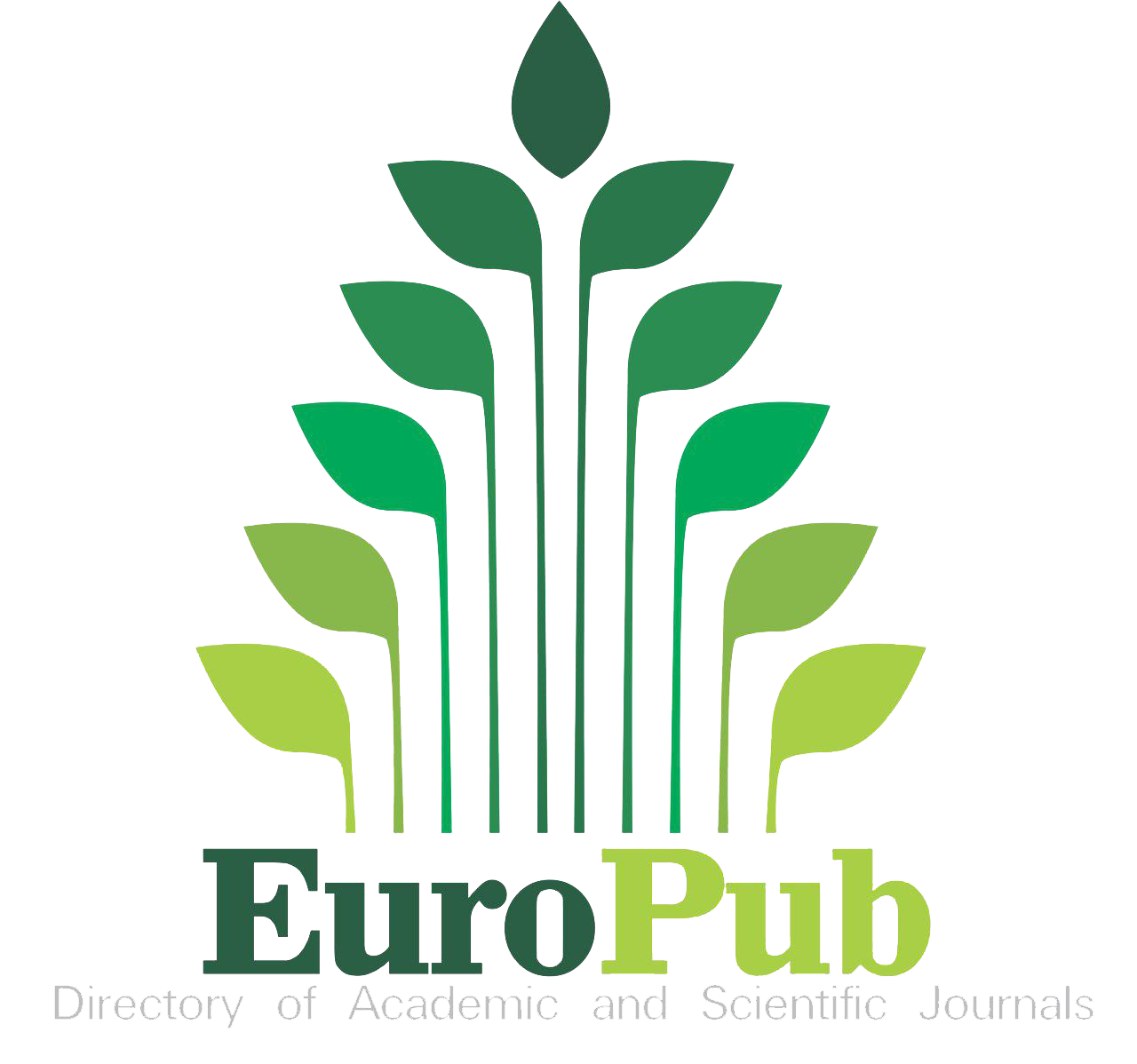Automated Detection and Classification of Tomato Leaf Diseases Using EfficientNetB0 and Deep Learning Techniques
Keywords:
EfficientNetB0, Deep Learning, Tomato Plant Diseases, Image Classification, Transfer LearningAbstract
Tomato leaf diseases significantly impact agricultural productivity worldwide, necessitating accurate and timely detection methods. This research proposes a robust and efficient deep learning framework leveraging the “EfficientNetB0” architecture for the detection and classification of multiple tomato leaf diseases. Utilizing transfer learning alongside advanced data augmentation techniques, the model was trained on a comprehensive dataset comprising six disease categories and healthy samples, sourced from Kaggle. The proposed approach achieved an overall accuracy of 88.4%, outperforming traditional methods such as CNN, AlexNet, and S-V-M by a notable margin across all disease classes. Evaluation metrics, including precision, recall, and F1-score, further validate the model’s ability to accurately distinguish subtle disease symptoms despite class imbalance challenges. Additionally, the lightweight design of “EfficientNetB0” enables potential real-time applications in mobile and edge computing environments. These findings highlight the model’s promise as an effective tool for precision agriculture, facilitating early disease intervention and reducing crop loss. Future work will focus on expanding the dataset diversity and deploying the system in real-world agricultural settings through mobile and drone platforms.
References
P. Delfani, V. Thuraga, B. Banerjee, and A. Chawade, “Integrative approaches in modern agriculture: IoT, ML and AI for disease forecasting amidst climate change,” Precis. Agric., vol. 25, no. 5, pp. 2589–2613, Oct. 2024, doi: 10.1007/S11119-024-10164-7/FIGURES/4.
N. A. Ikram, M. A. Abdalla, and K. H. Mühling, “Developing Iron and Iodine Enrichment in Tomato Fruits to Meet Human Nutritional Needs,” Plants 2024, Vol. 13, Page 3438, vol. 13, no. 23, p. 3438, Dec. 2024, doi: 10.3390/PLANTS13233438.
A. K. Pandey, A. Kumar, K. Dinesh, R. Varshney, and P. Dutta, “The hunt for beneficial fungi for tomato crop improvement – Advantages and perspectives,” Plant Stress, vol. 6, p. 100110, Dec. 2022, doi: 10.1016/J.STRESS.2022.100110.
Y. Lebrini and A. Ayerdi Gotor, “Crops Disease Detection, from Leaves to Field: What We Can Expect from Artificial Intelligence,” Agron. 2024, Vol. 14, Page 2719, vol. 14, no. 11, p. 2719, Nov. 2024, doi: 10.3390/AGRONOMY14112719.
W. Leal Filho et al., “The role of climatic changes in the emergence and re-emergence of infectious diseases: bibliometric analysis and literature-supported studies on zoonoses,” One Heal. Outlook 2024 71, vol. 7, no. 1, pp. 1–12, Feb. 2025, doi: 10.1186/S42522-024-00127-3.
S. Wang et al., “Advances in Deep Learning Applications for Plant Disease and Pest Detection: A Review,” Remote Sens., vol. 17, no. 4, p. 698, Feb. 2025, doi: 10.3390/RS17040698/S1.
A. Dolatabadian, T. X. Neik, M. F. Danilevicz, S. R. Upadhyaya, J. Batley, and D. Edwards, “Image-based crop disease detection using machine learning,” Plant Pathol., vol. 74, no. 1, pp. 18–38, Jan. 2025, doi: 10.1111/PPA.14006.
A. Thakur, A. Thakur, V. Vivek, T. R. Mahesh, and K. M. Krishna, “Enhanced Layer Extraction for Efficient Plant Disease Classification using Efficientnet B1,” SN Comput. Sci., vol. 6, no. 4, pp. 1–15, Apr. 2025, doi: 10.1007/S42979-025-03897-3/METRICS.
S. U. Islam, G. Ferraioli, and V. Pascazio, “Tomato Leaf Detection, Segmentation, and Extraction in Real-Time Environment for Accurate Disease Detection,” AgriEngineering 2025, Vol. 7, Page 120, vol. 7, no. 4, p. 120, Apr. 2025, doi: 10.3390/AGRIENGINEERING7040120.
A. Yadav and K. Yadav, “Portable solutions for plant pathogen diagnostics: development, usage, and future potential,” Front. Microbiol., vol. 16, p. 1516723, Jan. 2025, doi: 10.3389/FMICB.2025.1516723/FULL.
H. W. Gammanpila, M. A. N. Sashika, and S. V. G. N. Priyadarshani, “Advancing Horticultural Crop Loss Reduction Through Robotic and AI Technologies: Innovations, Applications, and Practical Implications,” Adv. Agric., vol. 2024, no. 1, p. 2472111, Jan. 2024, doi: 10.1155/2024/2472111.
A. Jafar, N. Bibi, R. A. Naqvi, A. Sadeghi-Niaraki, and D. Jeong, “Revolutionizing agriculture with artificial intelligence: plant disease detection methods, applications, and their limitations,” Front. Plant Sci., vol. 15, p. 1356260, Mar. 2024, doi: 10.3389/FPLS.2024.1356260/FULL.
Y. Kumar, A. Koul, R. Singla, and M. F. Ijaz, “Artificial intelligence in disease diagnosis: a systematic literature review, synthesizing framework and future research agenda,” J. Ambient Intell. Humaniz. Comput., vol. 14, no. 7, pp. 8459–8486, Jul. 2023, doi: 10.1007/S12652-021-03612-Z.
S. Ajith, S. Vijayakumar, and N. Elakkiya, “Yield prediction, pest and disease diagnosis, soil fertility mapping, precision irrigation scheduling, and food quality assessment using machine learning and deep learning algorithms,” Discov. Food, vol. 5, no. 1, pp. 1–23, Dec. 2025, doi: 10.1007/S44187-025-00338-1/TABLES/4.
A. Bhola and P. Kumar, “Deep feature-support vector machine based hybrid model for multi-crop leaf disease identification in Corn, Rice, and Wheat,” Multimed. Tools Appl., vol. 84, no. 8, pp. 4751–4771, Mar. 2025, doi: 10.1007/S11042-024-18733-8/METRICS.
E. Gangadevi, B. O. Soufiane, B. Balusamy, F. Khan, and M. Getahun, “A novel hybrid fruit fly and simulated annealing optimized faster R-CNN for detection and classification of tomato plant leaf diseases,” Sci. Rep., vol. 15, no. 1, pp. 1–26, Dec. 2025, doi: 10.1038/S41598-025-01466-5;SUBJMETA.
Tejaswini, P. Rastogi, S. Dua, Manikanta, and V. Dagar, “Early Disease Detection in Plants using CNN,” Procedia Comput. Sci., vol. 235, pp. 3468–3478, Jan. 2024, doi: 10.1016/J.PROCS.2024.04.327.
M. Agarwal, A. Singh, S. Arjaria, A. Sinha, and S. Gupta, “ToLeD: Tomato Leaf Disease Detection using Convolution Neural Network,” Procedia Comput. Sci., vol. 167, pp. 293–301, Jan. 2020, doi: 10.1016/J.PROCS.2020.03.225.
P. Ramesh Babu, A. Srikrishna, and V. R. Gera, “Diagnosis of tomato leaf disease using OTSU multi-threshold image segmentation-based chimp optimization algorithm and LeNet-5 classifier,” J. Plant Dis. Prot., vol. 131, no. 6, pp. 2221–2236, Dec. 2024, doi: 10.1007/S41348-024-00953-7/METRICS.
U. Albayrak, A. Golcuk, S. Aktas, U. Coruh, S. Tasdemir, and O. K. Baykan, “Classification and Analysis of Agaricus bisporus Diseases with Pre-Trained Deep Learning Models,” Agron. 2025, Vol. 15, Page 226, vol. 15, no. 1, p. 226, Jan. 2025, doi: 10.3390/AGRONOMY15010226.
H. Guan, C. Fu, G. Zhang, K. Li, P. Wang, and Z. Zhu, “A lightweight model for efficient identification of plant diseases and pests based on deep learning,” Front. Plant Sci., vol. 14, p. 1227011, Jul. 2023, doi: 10.3389/FPLS.2023.1227011/BIBTEX.
K. P. Ferentinos, “Deep learning models for plant disease detection and diagnosis”, [Online]. Available: https://www.sciencedirect.com/science/article/abs/pii/S0168169917311742?via%3Dihub
and H. L. L. Zhang, Z. Wang, “Real-time detection of tomato leaf diseases under complex field conditions based on improved YOLOv7,” Expert Syst. Appl., vol. 253, no. 124187, 2025, doi: 10.1016/j.eswa.2024.124187.
and P. X. S. Chen, Y. Wang, “TomatoNet: A deep learning framework for accurate and early recognition of tomato leaf diseases,” Biosyst. Eng., vol. 235, pp. 12–25, 2023, doi: 10.1016/j.biosystemseng.2023.09.012.
and T. A. T. M. A. Hossain, M. R. Islam, “A comparative analysis of transfer learning models for multiclass plant disease classification,” Appl. Soft Comput., vol. 162, p. 111789, 2024, doi: 10.1016/j.asoc.2024.111789.
K. P. Ferentinos, “Deep learning models for plant disease detection and diagnosis,” Comput. Electron. Agric., vol. 145, pp. 311–318, Feb. 2018, doi: 10.1016/J.COMPAG.2018.01.009.
and W. W. T. R. Gadekallu, M. Alazab, “A survey on deep learning for plant disease detection: Challenges and future directions,” Neurocomputing, vol. 545, p. 126243, 2023, doi: 10.1016/j.neucom.2023.126243.
and M. L. J. Liu, X. Wang, “Plant disease identification using data augmentation and meta-learning,” Knowledge-Based Syst., vol. 295, p. 111843, 2024, doi: 10.1016/j.knosys.2024.111843.
and H. H. A. S. M. Shamsuddin, M. F. Ibrahim, “EfficientNet-B4 for automatic plant disease classification: A case study on tomato leaves,” Array, vol. 19, p. 100305, 2023, doi: 10.1016/j.array.2023.100305.
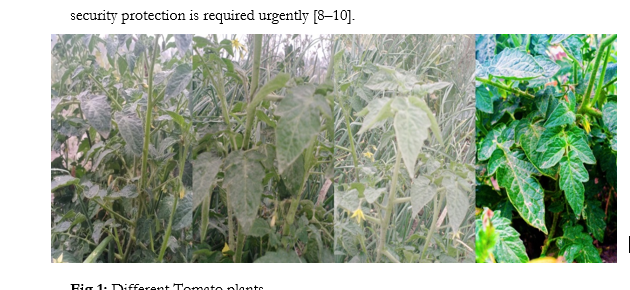
Downloads
Published
How to Cite
Issue
Section
License
Copyright (c) 2025 50sea

This work is licensed under a Creative Commons Attribution 4.0 International License.















